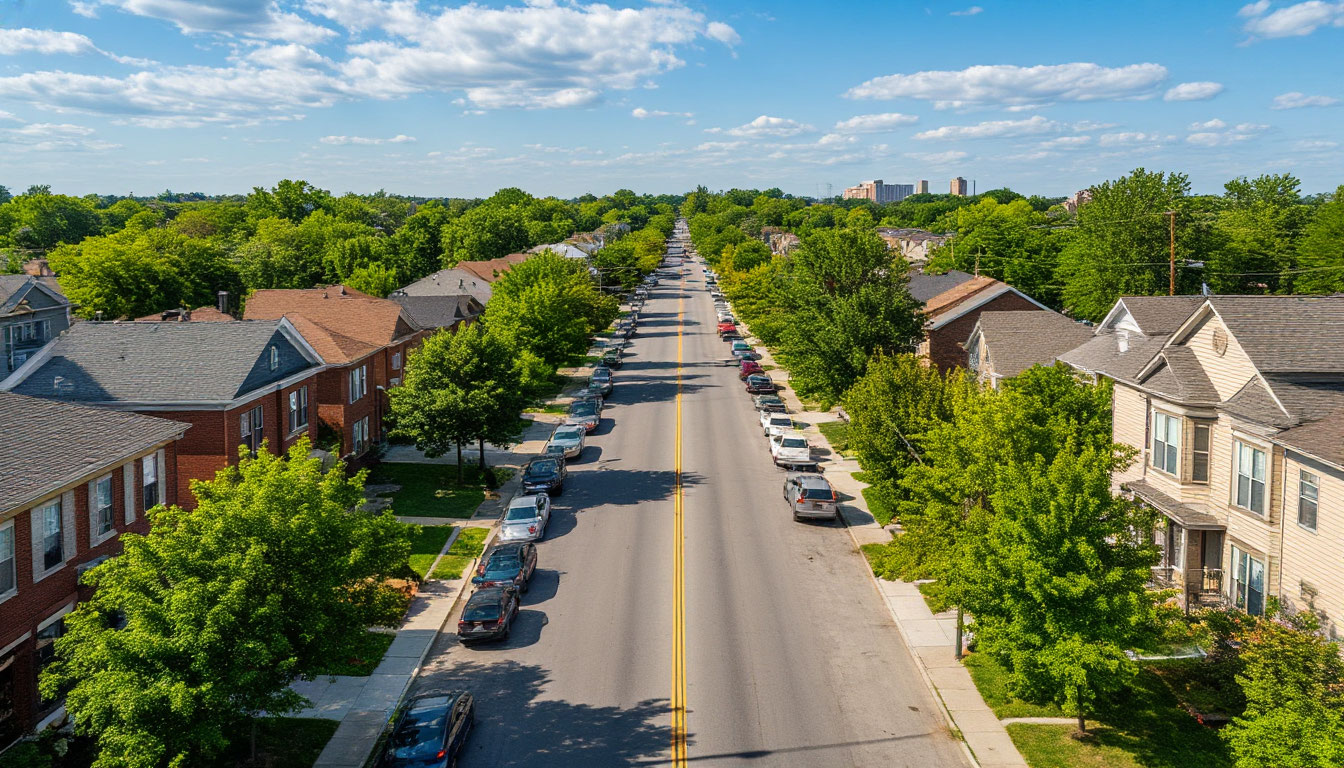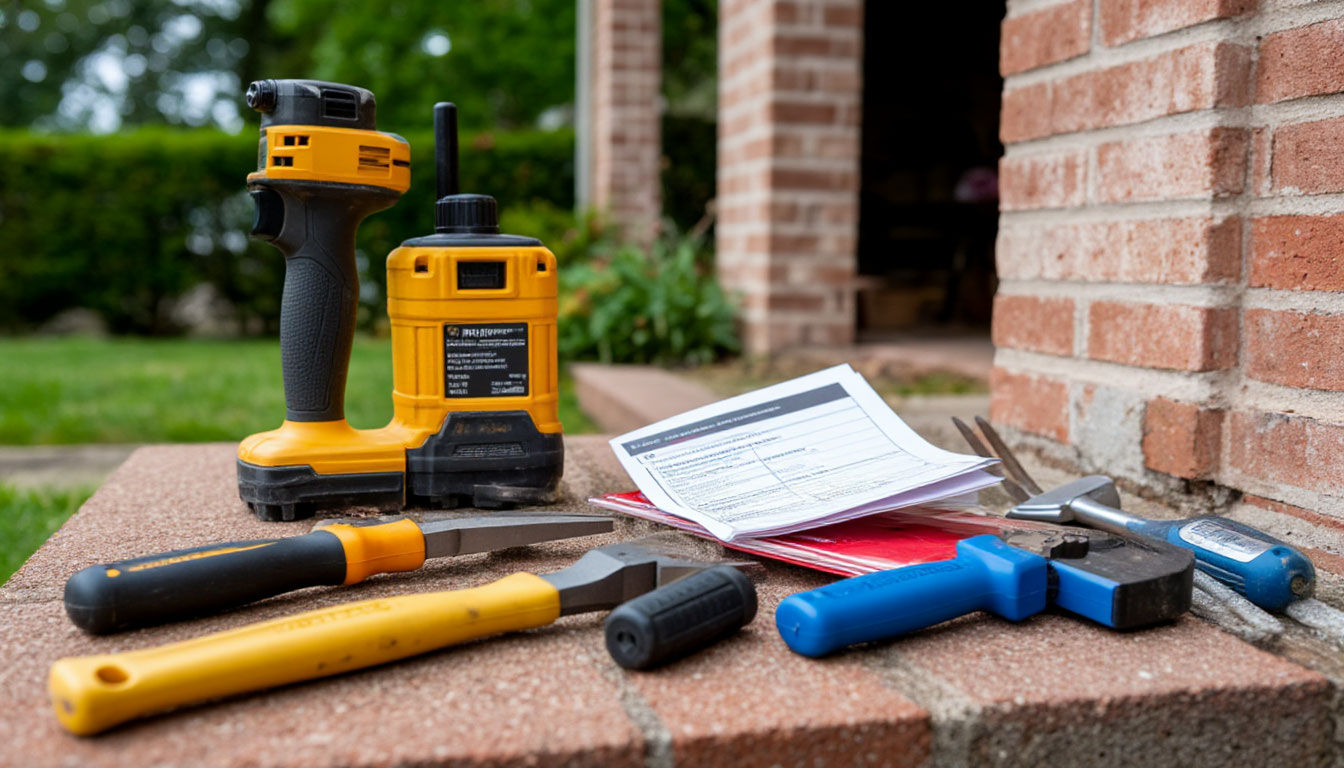
Choosing the Right Home: A Guide Through Complexity
Looking for the right home can be a daunting process for first time buyers and seasoned vets alike. From the style of the house to the type of financing available, every detail matters. What’s more challenging is making choices that balance logic, emotion, and long-term value. You’ve likely scrolled through countless listings, only to find yourself circling back with more questions than answers.
This guide doesn’t just scratch the surface — it dives deep into the essential considerations that have shaped real estate decisions for thousands across the U.S. Whether you’re considering a studio apartment in the city or a multi-bedroom colonial in the suburbs, we’ve broken it down for you with specificity and clarity.
Table of Contents
- 1. Evaluating Location and Lifestyle
- 2. Understanding Home Structure and Condition
- 3. Budget Planning and Hidden Costs
- 4. Features and Amenities that Matter
- 5. Long-Term Considerations
1. Evaluating Location and Lifestyle
The neighborhood you’ve selected says more about your future than square footage ever could. Areas with walkable infrastructure, local businesses, and quality schools tend to maintain property value longer. In the last decade, properties within 0.5 miles of a public transit station appreciated 24% faster on average.

| City | Avg. Price per sq.ft | School Rating (1–10) | Transit Score |
|---|---|---|---|
| Seattle | $530 | 8.2 | 74 |
| Austin | $420 | 7.5 | 62 |
| Chicago | $290 | 6.9 | 85 |
| Portland | $395 | 7.8 | 68 |
| Miami | $480 | 6.4 | 59 |
School quality impacts resale potential. Even if you don’t have children, homes near top-rated schools tend to sell 8% quicker and at higher prices. *Choose location not just for today’s needs but for the trajectory it sets.*
2. Understanding Home Structure and Condition
Many buyers have focused solely on square footage and overlooked structural integrity — often to their regret. Foundation issues, outdated plumbing, and inefficient insulation can erase any initial joy. Home inspections have uncovered major flaws in 18% of all residential properties in the U.S. in the last year alone.
- Check for signs of water damage in basements or ceilings
- Look into roofing age — asphalt shingles usually last 15–30 years
- Request HVAC and electrical system documentation
- Don’t ignore cracks wider than 1/4 inch in concrete or drywall
- Ask whether the house has been retrofitted for seismic activity (in applicable areas)

*Structural stability isn’t optional — it’s a must.* Even homes that appear visually flawless may hide costly surprises behind drywall or below floorboards.
3. Budget Planning and Hidden Costs
Initial price is just the tip of the iceberg. Property taxes, homeowners’ association fees, and maintenance expenses have already caught many off guard. A recent Zillow survey found that 38% of new homeowners underestimated the annual cost of owning a home by over $4,000.
| Cost Category | Average Annual Expense |
|---|---|
| Property Tax | $3,498 |
| HOA Fees | $2,520 |
| Insurance | $1,428 |
| Repairs & Maintenance | $2,931 |
| Utilities | $3,024 |
*It’s essential to account for the full financial picture*, not just the mortgage. Skipping this step can lead to refinancing, debt, or worse — forced resale.
4. Features and Amenities that Matter
Think beyond granite countertops and smart thermostats. Practical amenities like dual-pane windows, tankless water heaters, and mudrooms can make everyday life smoother. Among recently sold homes, listings that included a dedicated home office saw 12% higher buyer interest.
- Dedicated home office or study nook
- Outdoor storage like sheds or detached garages
- Energy-efficient appliances with Energy Star ratings
- Smart security systems (Ring, Nest, etc.)
- High-speed internet wiring (Cat6 preferred)
- Built-in shelving and under-stair storage
- Spacious laundry rooms with utility sinks
Many of these elements improve resale value. *Invest in the livability that persists after the paint dries.*
5. Long-Term Considerations
Beyond curb appeal, ask: how will this home grow with me? A house that feels perfect today may prove too rigid tomorrow. Consider zoning laws, potential for additions, or the likelihood of surrounding development. Over 60% of U.S. homeowners made at least one major renovation within the first five years of ownership.
*The right home adapts.* You’re not just buying a structure — you’re buying into a future that needs flexibility and foresight. Don’t just plan around your life now, but *anticipate the version of you five years down the line.*
Conclusion
Buying a home is more than signing a deed — it’s a layered decision that blends logic, emotion, and strategy. While no property will check every box, the right one will check the ones that matter most. From floor plans to future potential, the wisest buyers have looked past the obvious and asked better questions. Let your search reflect that same clarity and depth.
Hi, this is a comment.
To get started with moderating, editing, and deleting comments, please visit the Comments screen in the dashboard.
Commenter avatars come from Gravatar.